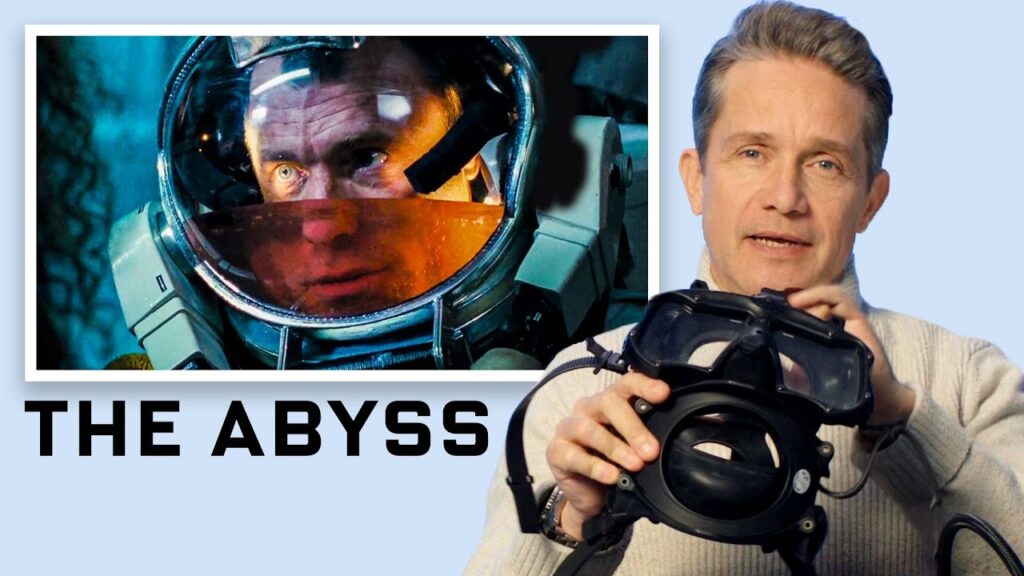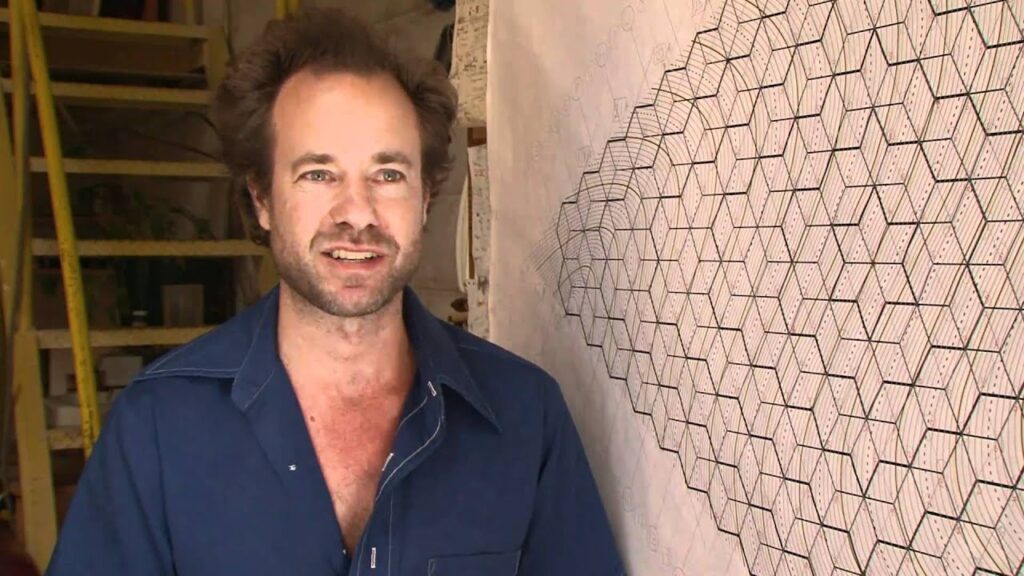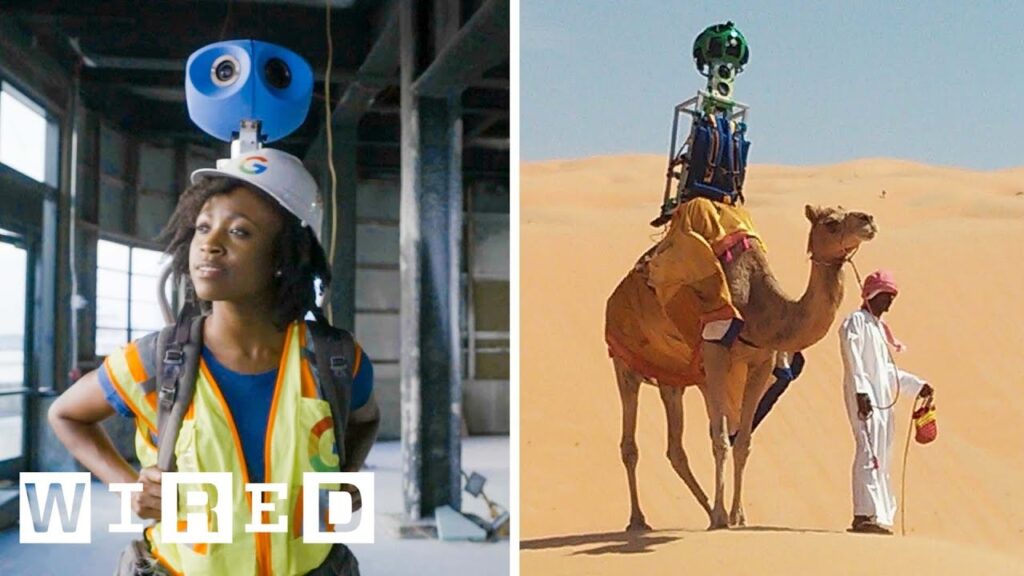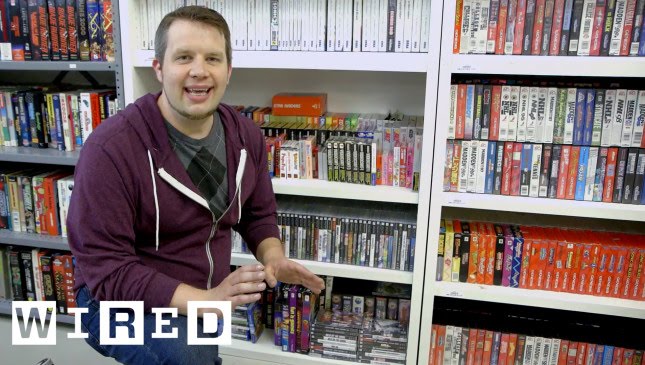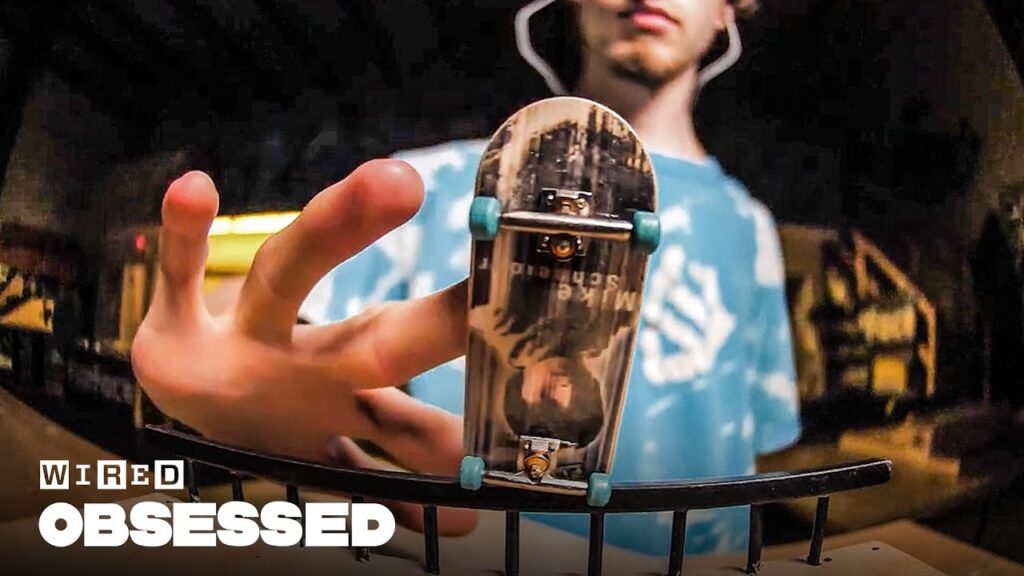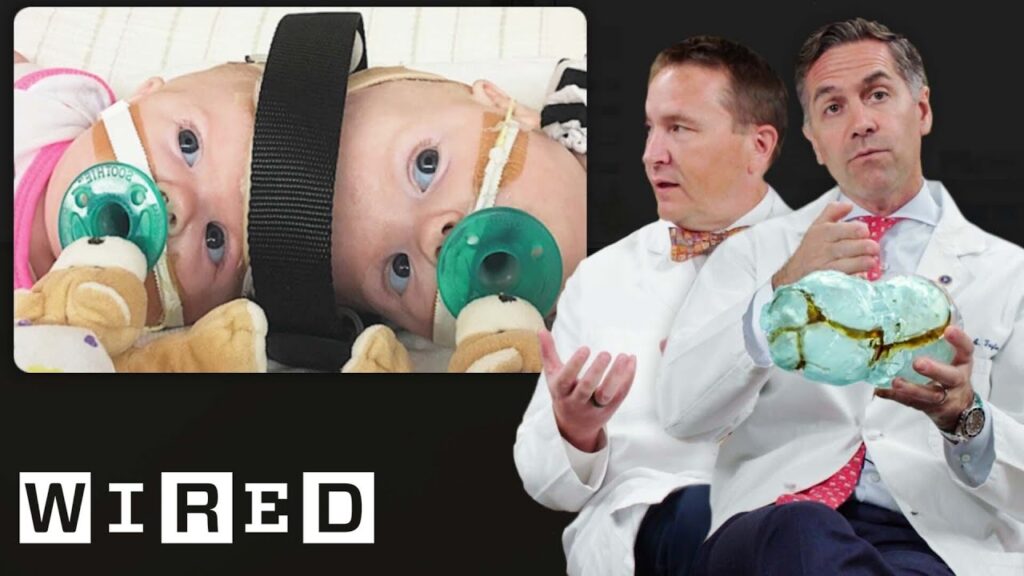The Future of Genetics and Synthetic Biology: Embracing Big Data and the Digital-Biological Interface
Summary
In this article, we explore the potential of genetics and synthetic biology through the lens of a computational biologist. We discuss the slow adoption of big data in genomics and the importance of looking at the bigger picture rather than individual diseases. We also delve into the advances in sequencing and synthesis technology, including the digitization of biological information and the creation of synthetic chromosomes. Finally, we examine the interface between the digital and biological worlds and its potential for further advances in synthetic biology.
Table of Contents
- The Slow Adoption of Big Data in Genomics
- Advances in Sequencing and Synthesis Technology
- The Interface Between the Digital and Biological Worlds
- Conclusion
The Slow Adoption of Big Data in Genomics
The speaker recounts meeting Craig Venter 23 years ago when he was young and working for Nature. Venter was visualizing the future of genetics and sequencing with supercomputers. However, the scientific community has been slow to adopt these ideas and embrace big data in genomics. The speaker argues that genetic disorders could be solved with large numbers of genomes and digitized phenotypes, but the scientific community continues to focus on individual diseases rather than looking at the bigger picture. The speaker left NIH because they did not recognize the importance of bioinformatics and the power of big data in genetics. The breakthroughs in genomics have been driven by mathematical algorithms and new approaches, but without computational power, they would have been empty gestures.
Advances in Sequencing and Synthesis Technology
The speaker is a computational biologist who believes that there is no wrong field to go into, but there are wrong places to work. They discuss the advances in sequencing and synthesis technology, which have made it possible to read and digitize biological information. They have been working on synthetic biology, which involves converting the analog molecule of DNA into the ones and zeros of the computer. They have designed three different versions of a minimal genome in the computer and are about to transplant them into a recipient cell to see if they work. The speaker believes that the interface between the digital and biological worlds allows for rapid switching between the two and could lead to further advances in synthetic biology.
The Interface Between the Digital and Biological Worlds
The early proteins made in cells are restriction enzymes that chew up foreign DNA. By replacing the genetic software of one species with that of another, a new species can be created. Synthetic chromosomes have been created with a new code that can write the English language with numbers and punctuation. The digital biological converter, or biological teleporter, has been developed to isolate and sequence DNA from soil samples on Mars and send the digital information back to Earth. Cell sorters and robots can sift through soil samples and isolate DNA life forms, which can be sequenced on the spot. When Earth and Mars are at their closest, it will take only 4.3 minutes to send the sequenced information back to Earth.
Conclusion
In conclusion, the potential of genetics and synthetic biology is vast, but it requires the scientific community to embrace big data and the interface between the digital and biological worlds. By doing so, we can unlock new solutions to genetic disorders and create new species through the replacement of genetic software. The advances in sequencing and synthesis technology have made this possible, and the future looks bright for those who are willing to embrace the power of big data and the digital-biological interface.

